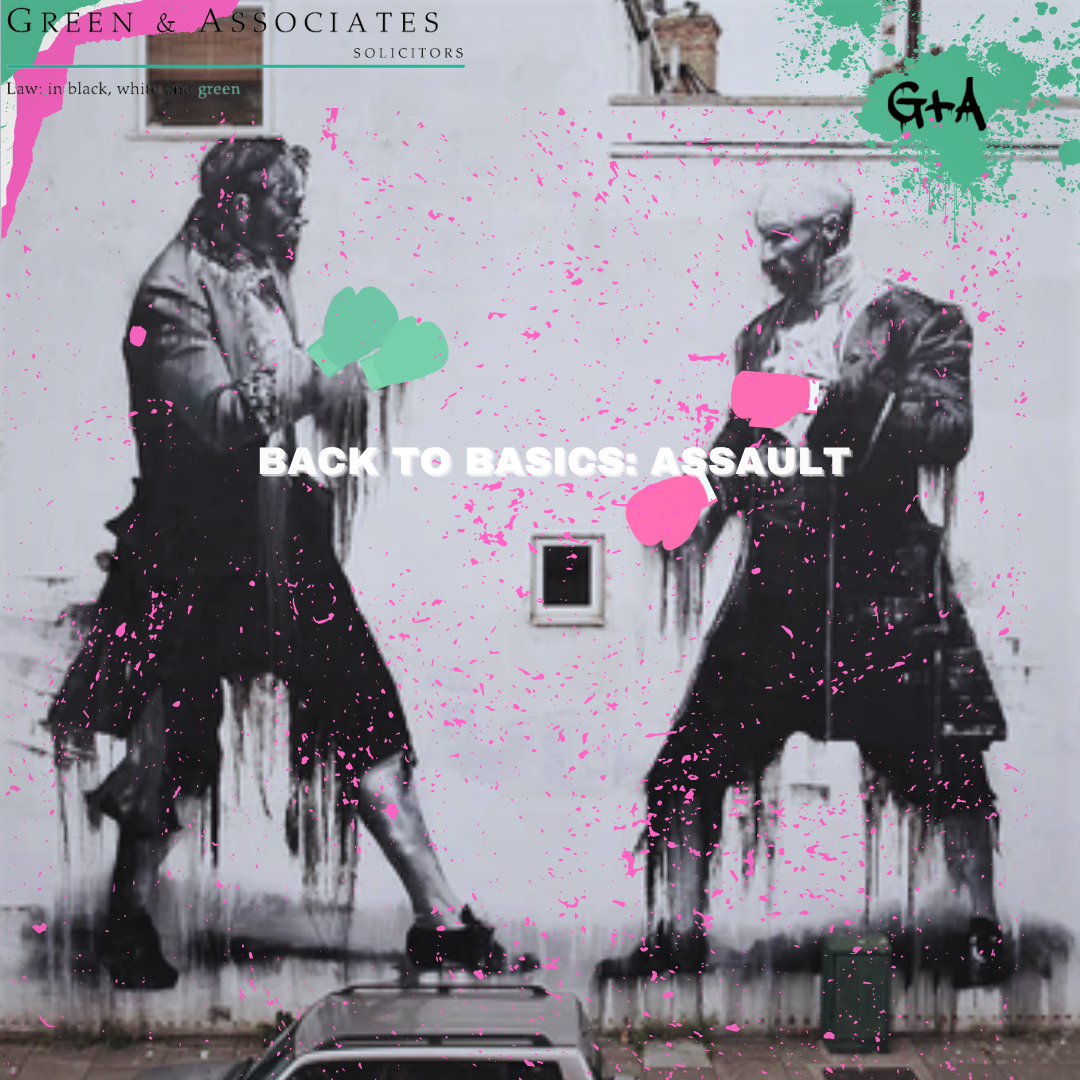In New South Wales an assault occurs when a person intentionally or recklessly causes another person to apprehend immediate and unlawful violence. Assaults range from less serious common assaults to assaults occasioning actual bodily harm and assaults occasioning grievous bodily harm.
Common Assault
Common assault ranges from non-physical to physical contact without consent. It can be either with the intention to cause about the requisite fear of immediate and unlawful violence or unlawful physical force, or to recklessly bringing about the same.
Common Assaults are, for lack of a better term, the most common type of assault matters that the Court’s see. If the assault results in any injury, then a more serious charge applies.
To prove a charge of Common Assault, the prosecution needs to establish:
• That the accused intentionally or recklessly;
• Voluntarily;
• Caused unlawful contact;
• Without the victim’s consent.
An example of common assault is punching another individual without their consent. This is because the accused voluntarily, intentionally and or recklessly caused the unlawful contact without the consent of the victim.
What else can constitute common assault?
The lists pertaining to common assault in NSW is exhaustive and thus commonly include but are not limited to: spitting, touching, hitting, threatening imminent harm, or restraining a person against their will.
The accused however may be relieved of liability on the grounds of implied consent, self-defence, or lawful correction. Depending on the degree and nature of the assault, exceptions can apply in activities involving voluntary conduct such as prize fighting, contact sports, and surgery.
While the definition of fear can be subjective as to what constitutes as causing apprehension to the ordinary person, courts will consider whether there the accused continued the conduct despite having a reasonable foreseeability of harm. The accused must foresee that his or her conduct might induce fear. This helps maintain objectivity in the judgement.
What is the penalty for Common Assault?
Section 61 of the Crimes Act 1900 (NSW) stipulates the nature and penalty of common assault as follows:
“Whosoever assaults any person, although not occasioning actual bodily harm, shall be liable to imprisonment for two years”.
If you are convicted of common assault, the maximum penalty is two years imprisonment.
Assault Occasioning Actual Bodily Harm
If the prosecution can prove an Assault, and that Assault led to an injury then they may instead charge you with Assault Occasioning Actual Bodily Harm.
To prove a charge of Assault Occasioning Actual Bodily Harm the prosecution needs to prove that the injury was ‘more than trivial or trifling’. A common example of an offence occasioning Actual Bodily Harm is when somebody injures another person causing them to suffer a black eye.
Assault Occasioning Grievous Bodily Harm
Section 4(1) defines “grievous bodily harm” to include any permanent or serious disfiguring of the person, the destruction of a foetus, and any grievous bodily disease.
The nature of the injury caused to the victim is integral to determine the seriousness of the offence and sentence. This is not to underestimate the intent component of the offence, as the element carries to enforce a maximum penalty of 25 years. An example of an offence resulting to Assault occasioning grievous bodily harm is if the accused caused the victim to suffer a broken bone.
Wounding
“Wounding” is not defined in the Crimes Act. However, it has been defined at common law to involve the breaking of the skin. An example of reckless wounding is whereby the accused throws a knife at the victim, causing them to bruise. The accused would be subsequently charged as there is reasonable foreseeability of harm within the conduct.
Criminal matters, especially assault matters, need an experienced criminal solicitor to get the best result. Call our office on (02) 8080 7585, to arrange for a consult with one of our lawyers today.




